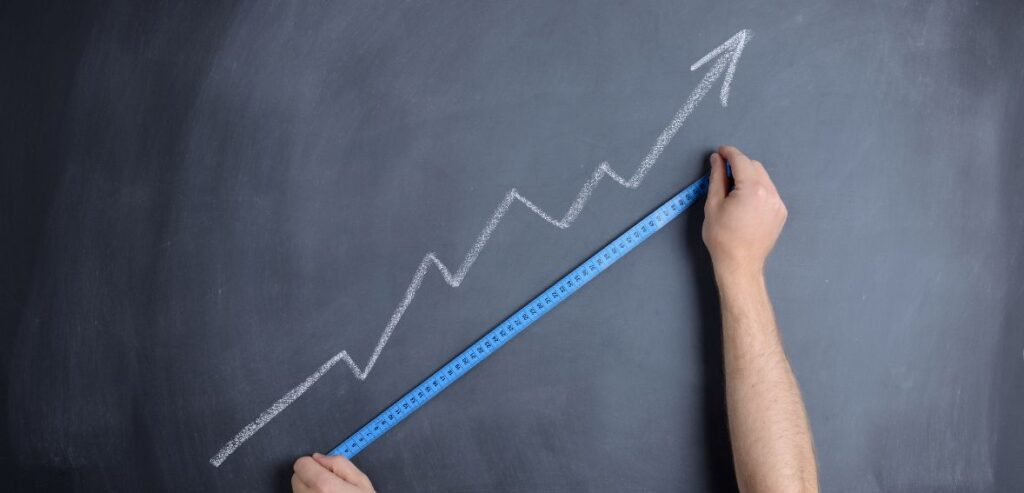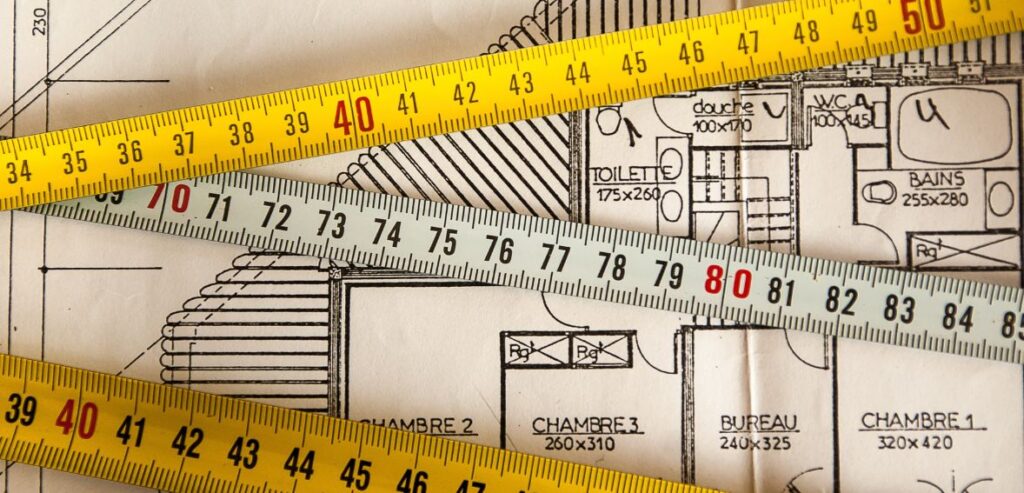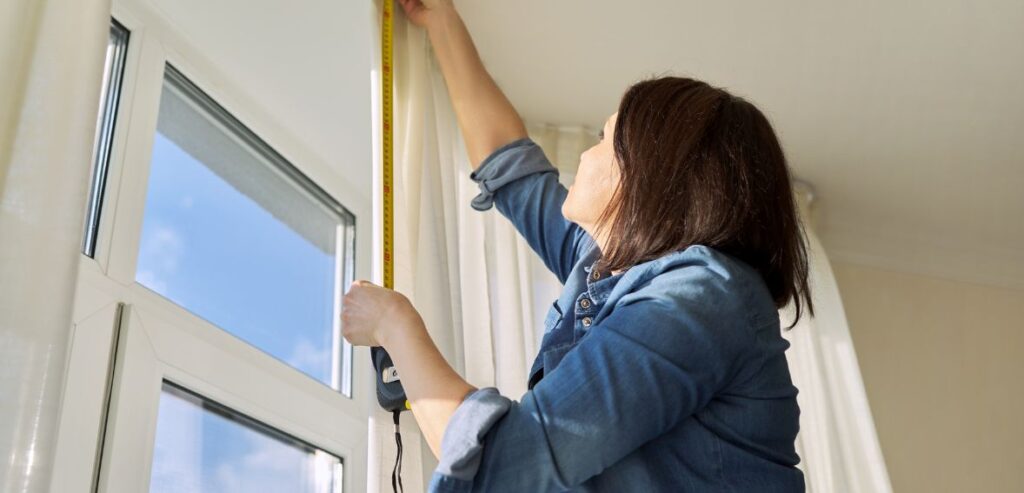Accurate measurement conversion is crucial in various fields, from science and engineering to cooking and construction. Despite its importance, making errors that can have significant consequences is easy. Here, we will understand the common mistakes when converting measurements and how to avoid them, which can help ensure precision and reliability in your conversions.
The Importance of Accurate Measurement Conversions

Measurement conversions are foundational in maintaining data consistency and accuracy. Whether you are a scientist ensuring the integrity of experimental results, a chef perfecting a recipe, or an engineer designing a structure, precise conversions are non-negotiable. Errors can lead to flawed outcomes, sometimes costly or dangerous.
Units and Their Conversion
One of the primary steps in ensuring accurate measurements is understanding the units involved and their relationships. The metric and imperial systems are the most commonly used. Conversions between these systems often pose challenges due to differences in units of measure.
Misinterpretation of Units
A common error in measurement conversion is the misinterpretation of units. For instance, milliliters (mL) are often confused with liters (L) or inches with feet. Such mistakes can result in significant deviations. Always double-check the units and ensure they are correctly interpreted.
Decimal Point Errors
Another frequent issue is the incorrect placement of the decimal point. A mistake such as converting 1.5 kilograms to 15 kilograms due to a misplaced decimal can cause substantial errors. It is essential to be vigilant about decimal places during conversion.
Conversion Factors
Using incorrect conversion factors is a prevalent problem. For example, incorrectly using 1 inch = 3 cm instead of the correct 1 inch = 2.54 cm can lead to inaccurate results. Always verify conversion factors from reliable sources.
Rounding Errors
Rounding too early or too often in the conversion process can introduce inaccuracies. For example, converting 1.5678 meters to centimeters and rounding it to 1.57 meters before converting can lead to a less precise result. To maintain accuracy, it is better to round only at the final step.
Tips to Avoid Common Mistakes in Measurement Conversions

To minimize errors and common mistakes in measurement conversions and ensure precise conversions, consider the following tips:
Double-Check Units
Before starting any conversion, double-check the units you are working with and make sure you understand their relationship to the correct conversion factor.
Use Reliable Conversion Tools
Utilize reliable tools and resources for conversion. There are many online calculators and conversion charts available that can assist in accurate conversions. Make sure the sources are reputable and up-to-date.
Understand Significant Figures
Significant figures are critical in measurement conversions, especially in scientific contexts. Misinterpretation of significant figures can lead to inaccuracies. Ensure you follow the rules of significant figures relevant to your field of work.
Avoid Early Rounding
Delay rounding off numbers until the final step of your conversion. This practice helps in maintaining the precision of the measurement throughout the process.
Practice Consistency
Consistency in units throughout your calculations is vital. Mixing units within a single calculation can cause confusion and errors. Stick to one unit system until the final conversion.
Real-World Examples of Conversion Errors

Learning from real-world examples can help understand the implications of conversion errors and the importance of avoiding them.
NASA Mars Orbiter Mishap
One of the most cited examples is the loss of the NASA Mars Climate Orbiter in 1999. The error was due to a mix-up between metric units and imperial units, causing the spacecraft to enter Mars’ atmosphere at the wrong trajectory and disintegrate.
Read more articles on this subject
https://www.simscale.com/blog/nasa-mars-climate-orbiter-metric
Cooking Disasters
In cooking, an incorrect conversion can ruin a dish. For example, mistaking tablespoons for teaspoons can lead to a recipe that is too salty or too sweet, affecting the final taste and texture.
Best Practices for Accurate Measurement Conversions
Adopting best practices can significantly enhance accuracy in measurement conversions. Here are some guidelines:
Educational Resources
Invest time in learning from educational resources. Books, online courses, and tutorials on measurement conversions can provide a solid foundation and improve your skills.
Professional Development
Engage in continuous professional development. Attend workshops, seminars, and training sessions related to your field to stay updated on the latest practices and standards in measurement conversions.
Peer Review
Having a colleague review your conversions can help identify potential errors you might have overlooked. Peer review adds an extra layer of scrutiny and accuracy.
Common Misconceptions in Measurement Conversions
Understanding and addressing common misconceptions can further improve accuracy.
Metric System Simplicity
A common misconception is that the metric system is always more straightforward than the imperial system. While the metric system is based on powers of ten, it requires a good understanding of prefixes and their values. Misinterpreting these can lead to errors.
Assuming Uniformity
Another misconception is assuming uniformity across different contexts. Fluid ounces and ounces in weight are different, and confusing them can cause errors in measurements.
The Role of Technology in Measurement Conversions
Technology plays a significant role in facilitating accurate measurement conversions.
Digital Conversion Tools
Digital tools and apps are available that can perform accurate conversions instantly. These tools reduce the risk of manual errors and save time.
Software Integration
Many modern engineering, science, and other software applications have built-in conversion features. Leveraging these can improve accuracy and efficiency.
The Future of Measurement Conversions

As technology advances, measurement conversion methods will continue to evolve, becoming more accurate and user-friendly.
AI and Machine Learning
Artificial Intelligence (AI) and machine learning are expected to play a significant role. These technologies can learn from past data and predict potential errors, providing more accurate conversions.
Global Standardization
Efforts towards global standardization of units and conversion factors will likely increase. Such standardization will reduce the discrepancies and errors arising from regional differences in measurement systems.
Common Mistakes to Avoid When Converting Measurements
Avoiding common mistakes in measurement conversions is crucial for accuracy. Here are some pitfalls to watch out for:
Overlooking Temperature Differences
When converting temperature measurements, it is essential to account for the different scales and their implications. For instance, converting Celsius to Fahrenheit involves a multiplication factor and an addition of 32.
Ignoring Contextual Differences
It is important to understand the context in which the measurement is used. For example, nautical miles are used in maritime and aviation contexts, which differ from the miles used in land measurements.
Misapplying Conversion Formulas
Misapplying or incorrectly remembering conversion formulas can lead to significant errors. Always ensure your formulas are correct and applicable to the specific conversion to avoid common mistakes when converting measurements.
Conclusion
Accurate measurement conversions are essential across various fields and everyday situations. Understanding common mistakes when converting measurements and implementing best practices can ensure precision and reliability in your conversions. Leveraging technology and staying informed through continuous learning will further enhance your ability to perform accurate conversions, ultimately leading to better outcomes in your work and daily life.
Frequently Asked Questions
Common mistakes include misinterpreting units, incorrect decimal placement, using wrong conversion factors, and rounding errors.
Double-check units, use reliable conversion tools, understand significant figures, avoid early rounding, and maintain unit consistency.
Significant figures ensure that the measurement’s precision is maintained throughout the conversion process, which is critical in scientific and engineering calculations.
Technology provides digital tools and software that facilitate accurate and efficient conversions, reducing the risk of manual errors.
Conversion errors can lead to significant consequences, such as losing spacecraft, flawed engineering designs, and ruined recipes.
Invest in educational resources, engage in professional development, and seek peer reviews to enhance your understanding and accuracy in measurement conversions.
